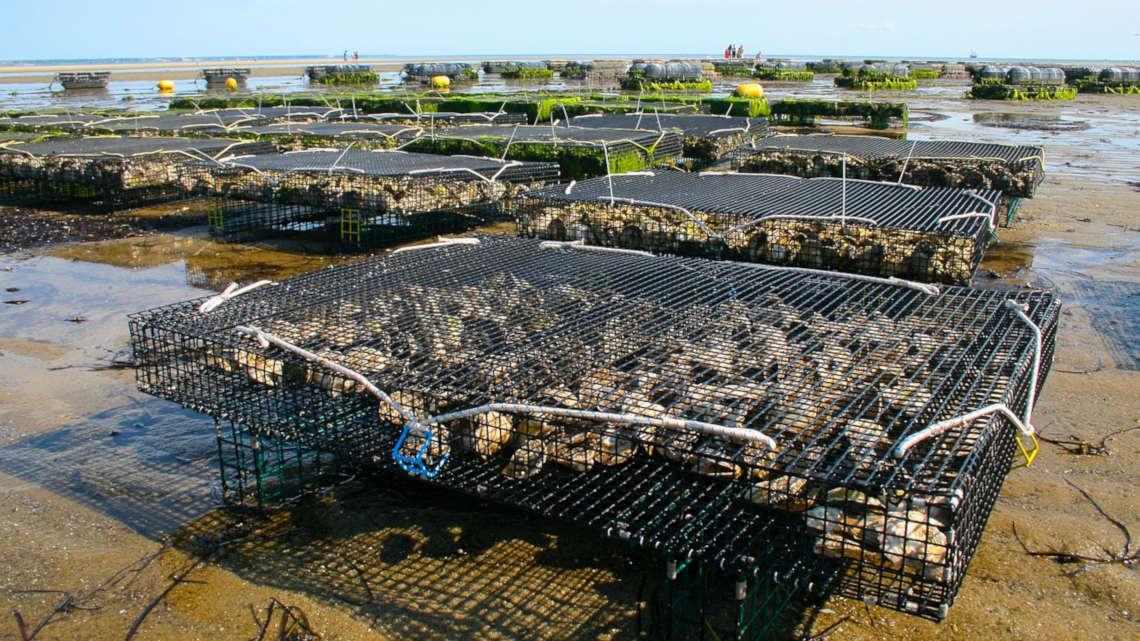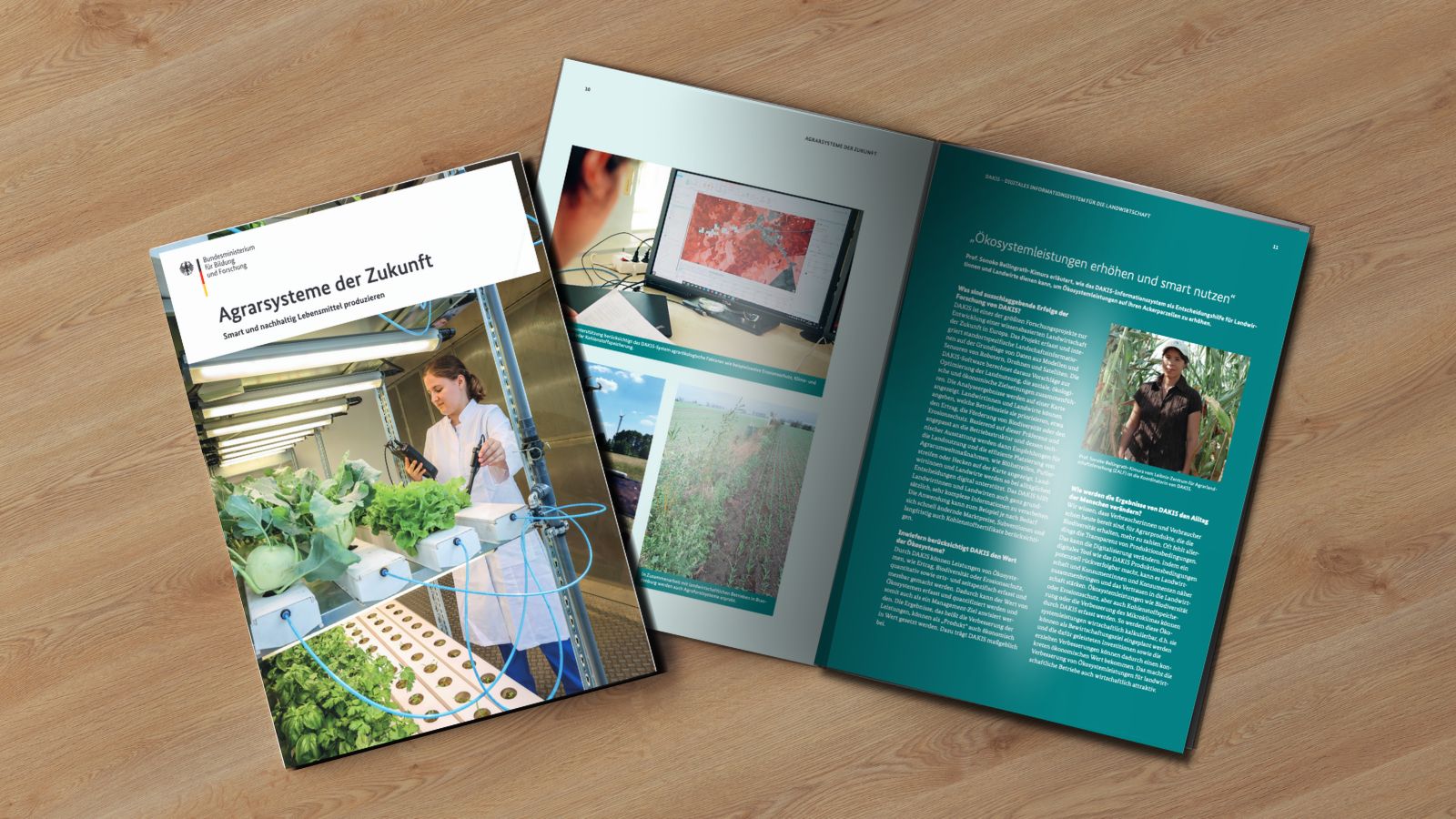Aquacultures waste phosphorus
Overfertilization in fish farming pose a serious threat to ecosystems and food security, researchers find.

In agriculture, phosphorus as a fertilizer contributes to higher yields. In aquacultures, the element also has this function as a fertilizer or feed additive. While phosphorus fertilization in agriculture is strictly regulated, there are no such regulations for aquacultures. 80% of the phosphorus used in aquaculture is wasted - with serious long-term consequences, as an international team of researchers with the participation of the University of Augsburg now reports in the journal "Nature Communications".
Four fifths remain in the water
Whether fish, crustaceans or molluscs: In aquacultures, on average only one fifth of the phosphorus added is absorbed by the animals and thus re-harvested. Four-fifths remain in the water where the substance impairs ecosystems and can lead to algal blooms or endanger species.
Wild fish cover their phosphorus requirements from their natural food sources such as other fish or plankton. As recently as the 1950s, around 95% of the fish consumed by humans came from wild catches. As a result, there was a flow of phosphorus from water to land. Today, half of the fish consumed is produced in aquacultures and the phosphorus flow has reversed.
Limited resource
This form of waste of raw materials does not only result in ecological problems. The easily accessible phosphorus sources are finite and the demand for food production is high. The EU has therefore listed phosphorus among the 20 critical raw materials with an endangered security of supply. "The phosphorus that enters rivers and oceans can be considered lost because it is extremely difficult to recover. Such losses should be avoided as far as possible to ensure that sufficient phosphorus is available for future generations," explains geographer and climate scientist Daniel Goll of the University of Augsburg.
Use efficiency needs to double
The researchers call for the efficiency of phosphorus use in aquaculture to more than double by 2050. "Phosphorus is a non-renewable, limited and vital nutrient for crops and animals. We should consider how we can recycle and reuse phosphorus in the fishing industry to grow more crops. At the same time, we should minimize the amount of phosphorus we put into water in aquaculture," concludes Yuanyuan Huang, lead author of the study.
bl/um

